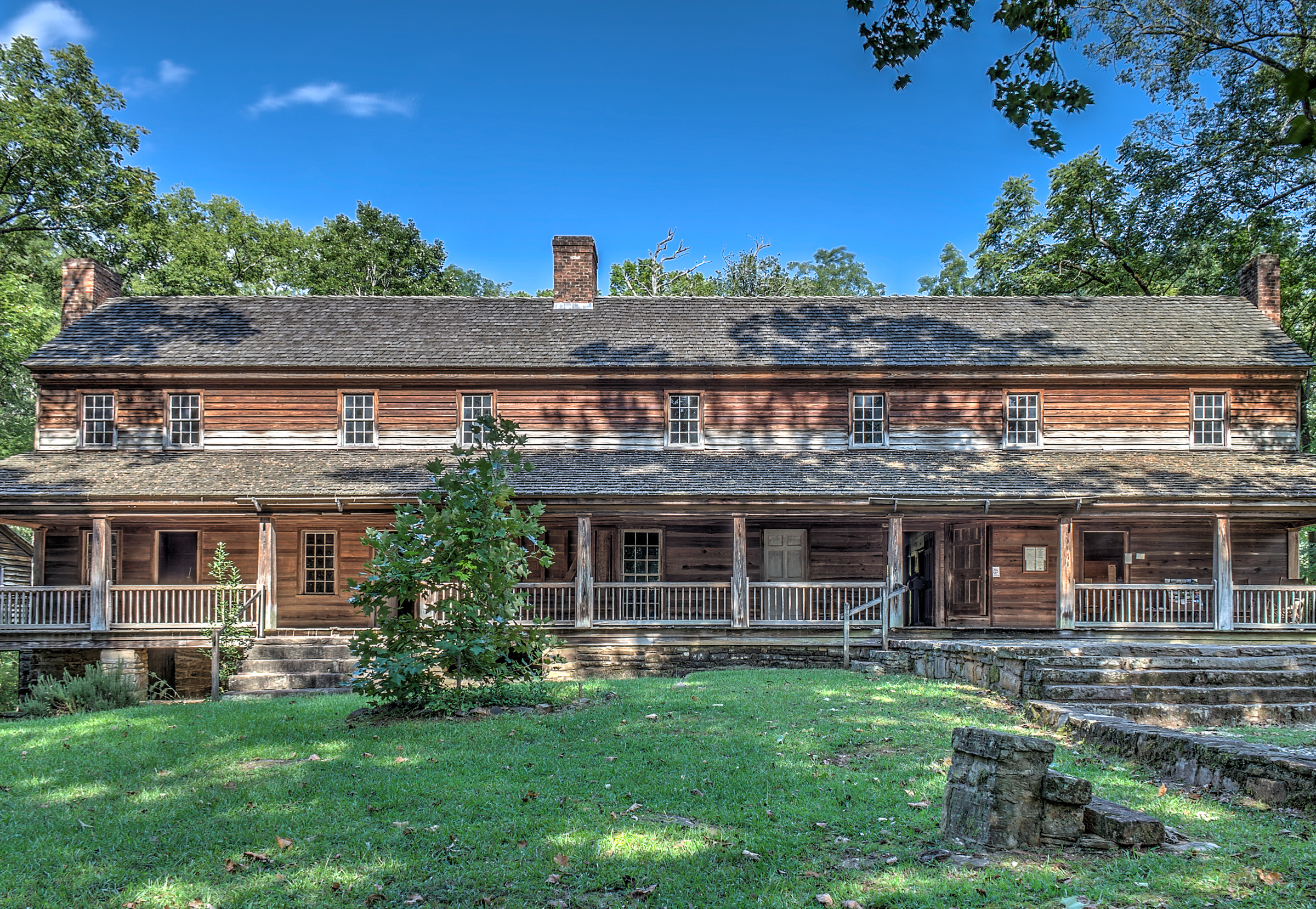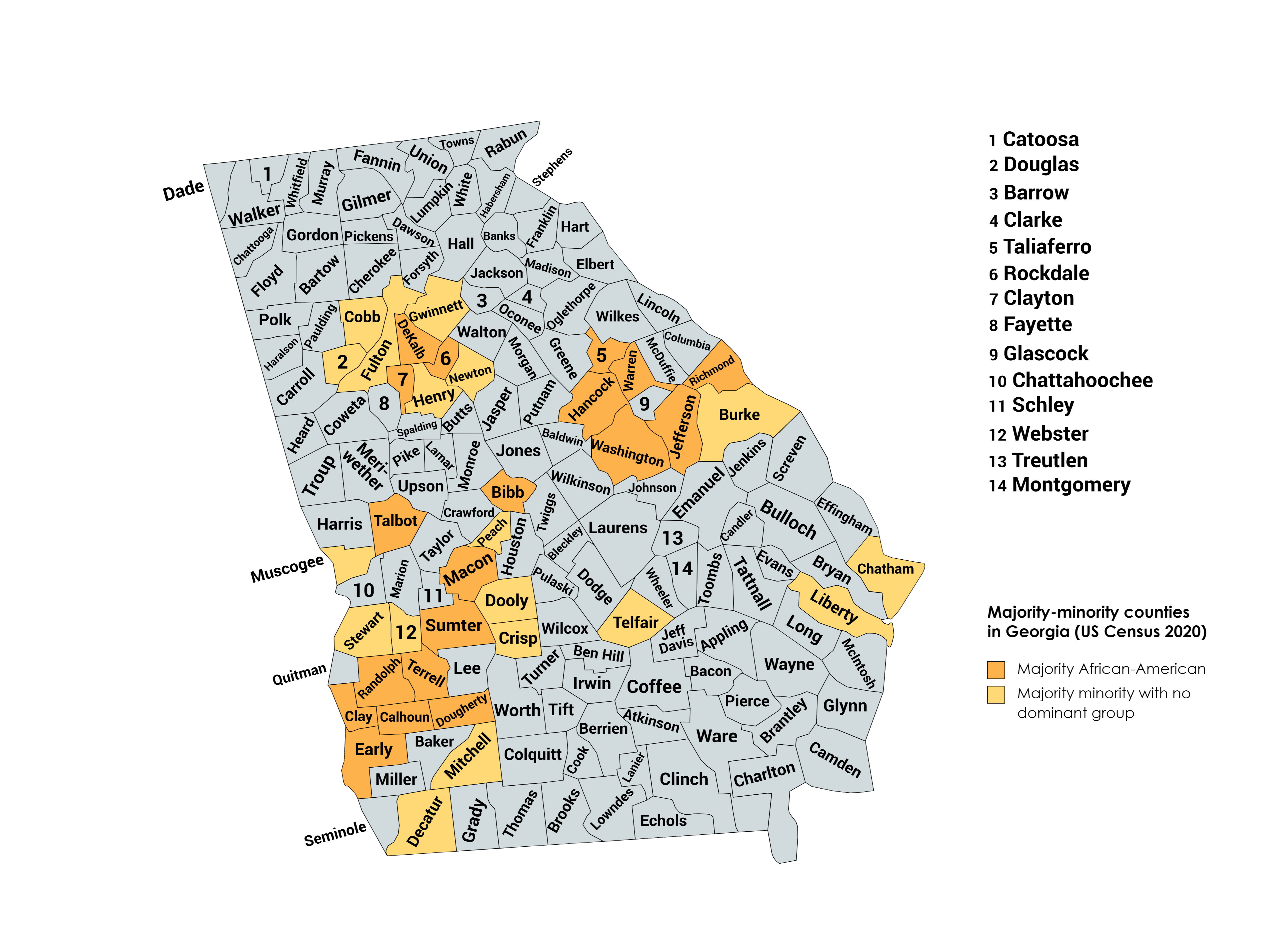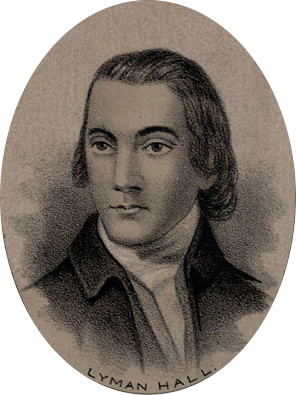|
Toccoa
Toccoa is a city in far Northeast Georgia near the border with South Carolina. It is the county seat of Stephens County, Georgia, United States, located about from Athens and about northeast of Atlanta. The population was 9,133 as of the 2020 census. History Native Americans, including indigenous peoples of the Mississippian culture, and historic Yuchi (linked to the Muscogee Creek confederacy and later allies of the Cherokee), occupied Tugaloo and the area of Toccoa for at least 1,000 years prior to European settlement. The Mississippian culture was known for building earthen platform mounds; in the Mississippi and Ohio valleys, the people developed some large, dense cities and complexes featuring multiple mounds and, in some cases, thousands of residents. In what is known as the regional South Appalachian Mississippian culture, by contrast, settlements were smaller and the peoples typically built a single platform mound in the larger villages. Salvage archeologi ... [...More Info...] [...Related Items...] OR: [Wikipedia] [Google] [Baidu] |
Toccoa Falls
Toccoa Falls is a waterfall with a vertical drop of on the campus of Toccoa Falls College in Stephens County, Georgia. ''Toccoa'' comes from the Cherokee word "Tagwâ′hĭ", meaning "Catawba place" or "beautiful". Legend The land around Toccoa Falls was traded to White settlers in 1783, and written accounts of the falls began to appear in publications in the nineteenth century. White folk tales about Toccoa Falls are recounted in the writings of Elizabeth F. Ellet and Charles Montgomery Skinner. Both Ellet and Skinner's stories portray tension between the White settlers and the Native Americans of the area, describing the White settlers as victims of the Native Americans' violence. The stories, which Ellet and Skinner both independently suggest are apocryphal, involve a theme of White women tricking groups of men to walk off of Toccoa Falls, although the men are Native American in Skinner's story whereas in Ellet's, the White woman has been forced by Native Americans to t ... [...More Info...] [...Related Items...] OR: [Wikipedia] [Google] [Baidu] |
Stephens County, Georgia
Stephens County is a county in the northeastern part of the U.S. state of Georgia, in the Piedmont and near the foothills of the Blue Ridge Mountains. It is bounded by the Tugaloo River and Lake Hartwell on the east. As of the 2010 census, the population was 26,175. The county seat is Toccoa. Stephens County comprises the Toccoa, Georgia Micropolitan Statistical Area. History The county was long inhabited by indigenous peoples. People of the South Appalachian Mississippian culture developed a village and a platform mound on Tugaloo Island about 800 CE. The village and mound, both known as Tugaloo, were later occupied by other peoples until about 1700. Numerous other villages also developed along the river and its tributaries. Descendants of the Mississippians have been identified as the proto-Creek (Muscogee people). Allied with them in historic times were the Yuchi, who occupied the village known as Tugaloo, where they were replaced by the Cherokee. While Cherokee ... [...More Info...] [...Related Items...] OR: [Wikipedia] [Google] [Baidu] |
Athens, Georgia
Athens, officially Athens–Clarke County, is a consolidated city-county and college town in the U.S. state of Georgia. Athens lies about northeast of downtown Atlanta, and is a satellite city of the capital. The University of Georgia, the state's flagship public university and an R1 research institution, is in Athens and contributed to its initial growth. In 1991, after a vote the preceding year, the original City of Athens abandoned its charter to form a unified government with Clarke County, referred to jointly as Athens–Clarke County. As of 2020, the U.S. Census Bureau's population of the consolidated city-county (all of Clarke County except Winterville and a portion of Bogart) was 127,315. Athens is the sixth-largest city in Georgia, and the principal city of the Athens metropolitan area, which had a 2020 population of 215,415, according to the U.S. Census Bureau. Metropolitan Athens is a component of the larger Atlanta–Athens–Clarke County–Sandy Springs C ... [...More Info...] [...Related Items...] OR: [Wikipedia] [Google] [Baidu] |
Stephens County Courthouse (Georgia)
Stephens County Courthouse is a building in Toccoa, the county seat of Stephens County, Georgia, United States. It is the location of the county's trial courtrooms as well as that of other county government offices. The property was added to the National Register of Historic Places in 1980. History Stephens County was formed in 1905 from parts of Habersham and Franklin Counties as Georgia's 143rd county. Toccoa was designated the county seat in the legislation creating Stephens County. Stephens County's first courthouse was completed in 1908 and is still in use, but a new courthouse opened in May 2000 across the street (North Alexander Street) to the west from the first.Stephens County Georgia Courthouse url accessed May 13, 2008. Architecture Constructed in t ...[...More Info...] [...Related Items...] OR: [Wikipedia] [Google] [Baidu] |
Habersham County, Georgia
Habersham County is a county located in the northeastern part of the U.S. state of Georgia. As of the 2010 census, the population was 43,041. The county seat is Clarkesville. The county was created on December 15, 1817, and named for Colonel Joseph Habersham of the Continental Army in the Revolutionary War. Habersham County comprises the Cornelia, GA Micropolitan Statistical Area. Geography According to the U.S. Census Bureau, the county has a total area of , of which is land and (0.8%) is water. The county is located within the Blue Ridge Mountains, a segment of the Appalachian Mountains. The county also includes part of the Chattahoochee National Forest. The highest point in the county is a knob less than southeast of the top of Tray Mountain, the seventh-highest mountain in Georgia. Habersham shares this portion of Tray Mountain, just 30 vertical feet shy of the peak's 4,430-foot summit, with White County to the west and Towns County to the north. 2.4 miles to the no ... [...More Info...] [...Related Items...] OR: [Wikipedia] [Google] [Baidu] |
List Of Counties In Georgia (U
The U.S. state of Georgia is divided into 159 counties, more than any other state except for Texas, which has 254 counties. Under the Georgia State Constitution, all of its counties are granted home rule to deal with problems that are purely local in nature. Also, eight consolidated city-counties have been established in Georgia: Athens– Clarke County, Augusta– Richmond County, Columbus– Muscogee County, Georgetown– Quitman County, Statenville–Echols County, Macon– Bibb County, Cusseta–Chattahoochee County, and Preston- Webster County. History From 1732 until 1758, the minor civil divisions in Georgia were districts and towns. In 1758, the Province of Georgia was divided into eight parishes, and another four parishes were created in 1765. On February 5, 1777, the original eight counties of the state were created: Burke, Camden, Chatham, Effingham, Glynn, Liberty, Richmond, and Wilkes. Georgia has the second-largest number of counties of any state in t ... [...More Info...] [...Related Items...] OR: [Wikipedia] [Google] [Baidu] |
Area Code 706
Area codes 706 and 762 are telephone area codes in the North American Numbering Plan (NANP) for the northern and west central parts of Georgia, but excluding metropolitan Atlanta. The numbering plan area (NPA) is divided into three disconnected geographical regions. A small section is in west-central Georgia, in the region around Columbus. This is bordered by area code 334 to the west in Alabama, area code 478 to the east, area code 229 to the south, and metro Atlanta's 404, 678, 770, and 470. It does not border the landline area of 404, only the cellphone area. Additionally, the Yatesville rate center is in area codes 706 and 762, but not adjacent to any other rate centers in 706/762. The Yatesville rate center shares a small border with 770 to the north, but is almost surrounded by 478 to the south, east, and west. The major section of 706 wraps around from Rome in northwest Georgia, east through the mountains past Dahlonega, meeting its narrowest point at Toccoa, then ... [...More Info...] [...Related Items...] OR: [Wikipedia] [Google] [Baidu] |
City
A city is a human settlement of notable size.Goodall, B. (1987) ''The Penguin Dictionary of Human Geography''. London: Penguin.Kuper, A. and Kuper, J., eds (1996) ''The Social Science Encyclopedia''. 2nd edition. London: Routledge. It can be defined as a permanent and densely settled place with administratively defined boundaries whose members work primarily on non-agricultural tasks. Cities generally have extensive systems for housing, transportation, sanitation, utilities, land use, production of goods, and communication. Their density facilitates interaction between people, government organisations and businesses, sometimes benefiting different parties in the process, such as improving efficiency of goods and service distribution. Historically, city-dwellers have been a small proportion of humanity overall, but following two centuries of unprecedented and rapid urbanization, more than half of the world population now lives in cities, which has had profound consequ ... [...More Info...] [...Related Items...] OR: [Wikipedia] [Google] [Baidu] |
University Of Georgia
, mottoeng = "To teach, to serve, and to inquire into the nature of things.""To serve" was later added to the motto without changing the seal; the Latin motto directly translates as "To teach and to inquire into the nature of things." , established = , endowment = $1.8 billion (2021)As of June 30, 2021. , type = Public flagship land-grant research university , parent = University System of Georgia , accreditation = SACS , academic_affiliation = , president = Jere W. Morehead , provost = S. Jack Hu , city = Athens , state=Georgia , country = United States , coordinates = , faculty = 3,119 , students = 40,118 (fall 2021) , undergrad = 30,166 (fall 2021) , postgrad = 9,952 (fall 2021) , free_label2 = Newspaper , free2 = '' The Red & Black'' , campus = Midsize city / College town , campus_size = (main campus) (total) , colors = , sports_nickname = Bulldogs , sporting_affiliations = NCAA Division I FBS – SEC , mascot = Uga X (live English Bulld ... [...More Info...] [...Related Items...] OR: [Wikipedia] [Google] [Baidu] |
Platform Mound
Platform may refer to: Technology * Computing platform, a framework on which applications may be run * Platform game, a genre of video games * Car platform, a set of components shared by several vehicle models * Weapons platform, a system or structure that carries weapons * Web platform * Platform economy (or Platform capitalism, Platformization), a structure of internet business Physical objects and features * Carbonate platform, a type of sedimentary body * Cargo platform, a pallet used to ship cargo and heavy machines by forklift or manual lift * Diving platform, used in diving * Jumping platform, naturally occurring platforms, or platforms made in an ''ad hoc'' way for cliff jumping * Oil platform, a structure built for oil production * Platform, a component of scaffolding * Platform (geology), the part of a continental craton that is covered by sedimentary rocks * Platform (shopping center) in Culver City, Greater Los Angeles, California * Theatre platform ... [...More Info...] [...Related Items...] OR: [Wikipedia] [Google] [Baidu] |
South Appalachian Mississippian Culture
The Mississippian culture was a Native American civilization that flourished in what is now the Midwestern, Eastern, and Southeastern United States from approximately 800 CE to 1600 CE, varying regionally. It was known for building large, earthen platform mounds, and often other shaped mounds as well. It was composed of a series of urban settlements and satellite villages linked together by loose trading networks. The largest city was Cahokia, believed to be a major religious center located in what is present-day southern Illinois. The Mississippian way of life began to develop in the Mississippi River Valley (for which it is named). Cultures in the tributary Tennessee River Valley may have also begun to develop Mississippian characteristics at this point. Almost all dated Mississippian sites predate 1539–1540 (when Hernando de Soto explored the area), with notable exceptions being Natchez communities. These maintained Mississippian cultural practices into the 18th cent ... [...More Info...] [...Related Items...] OR: [Wikipedia] [Google] [Baidu] |
William T
William is a masculine given name of Norman French origin.Hanks, Hardcastle and Hodges, ''Oxford Dictionary of First Names'', Oxford University Press, 2nd edition, , p. 276. It became very popular in the English language after the Norman conquest of England in 1066,All Things William"Meaning & Origin of the Name"/ref> and remained so throughout the Middle Ages and into the modern era. It is sometimes abbreviated "Wm." Shortened familiar versions in English include Will, Wills, Willy, Willie, Liam, Bill, and Billy. A common Irish form is Liam. Scottish diminutives include Wull, Willie or Wullie (as in Oor Wullie or the play ''Douglas''). Female forms are Willa, Willemina, Wilma and Wilhelmina. Etymology William is related to the German given name ''Wilhelm''. Both ultimately descend from Proto-Germanic ''*Wiljahelmaz'', with a direct cognate also in the Old Norse name ''Vilhjalmr'' and a West Germanic borrowing into Medieval Latin ''Willelmus''. The Proto-Germa ... [...More Info...] [...Related Items...] OR: [Wikipedia] [Google] [Baidu] |








